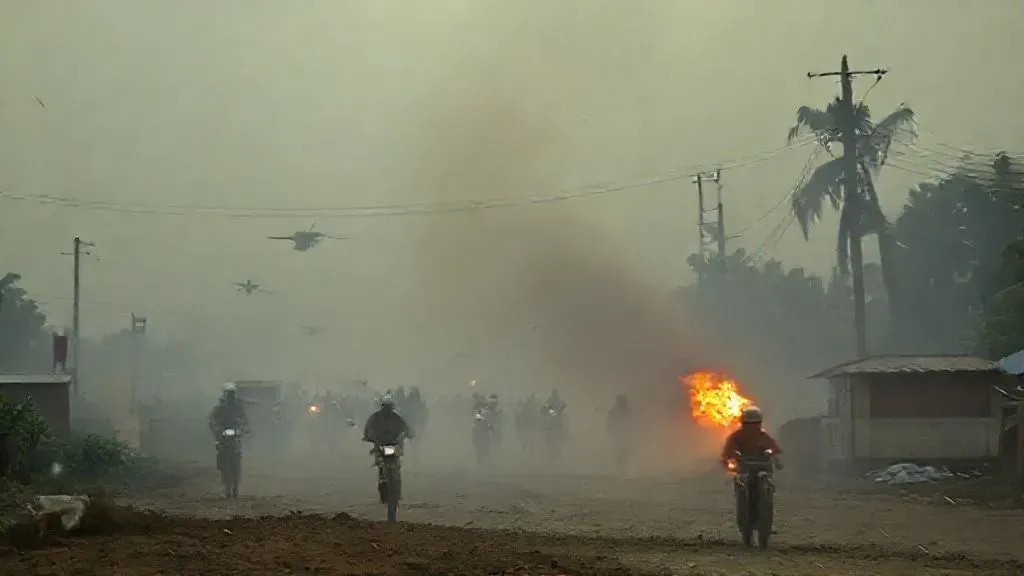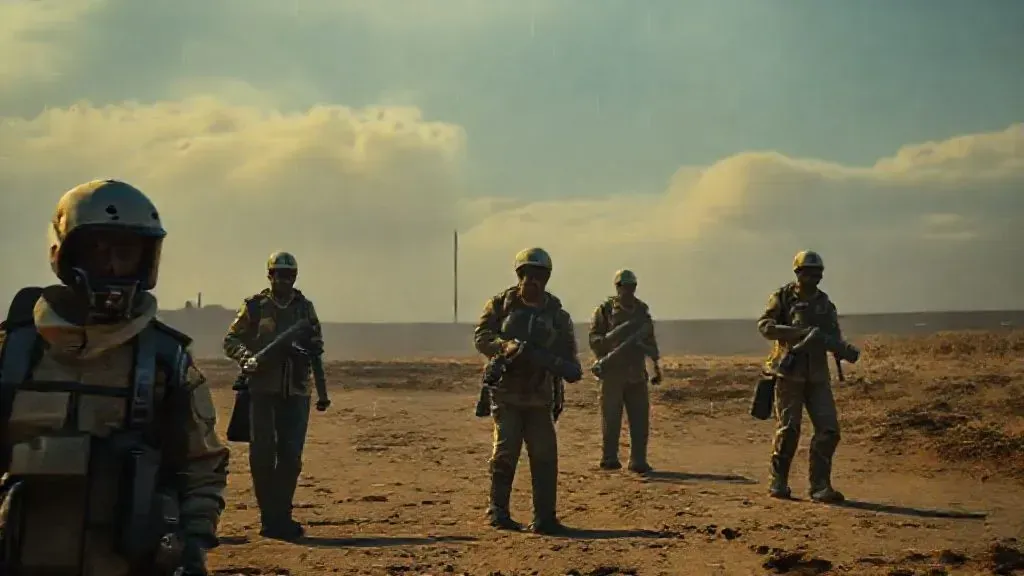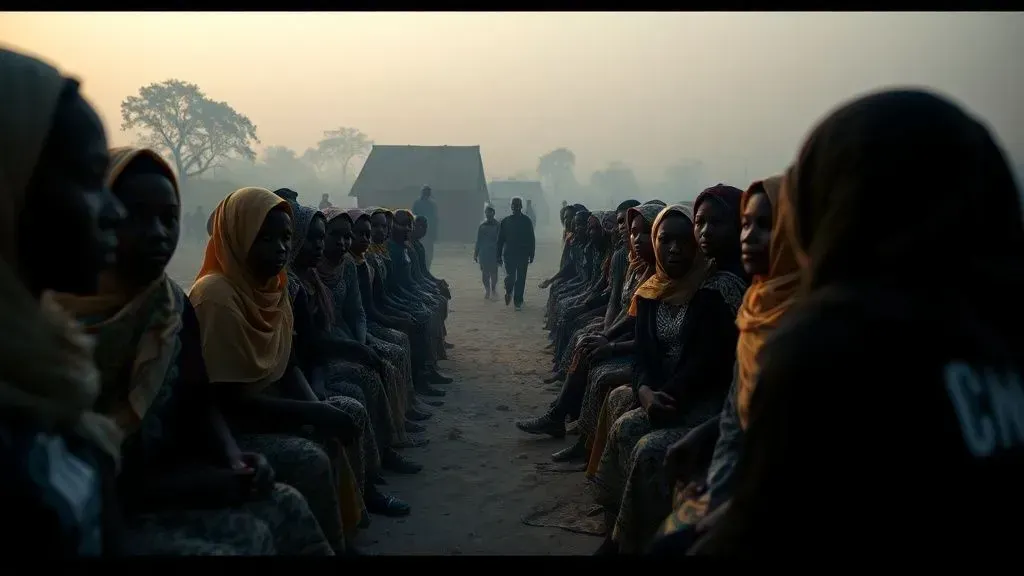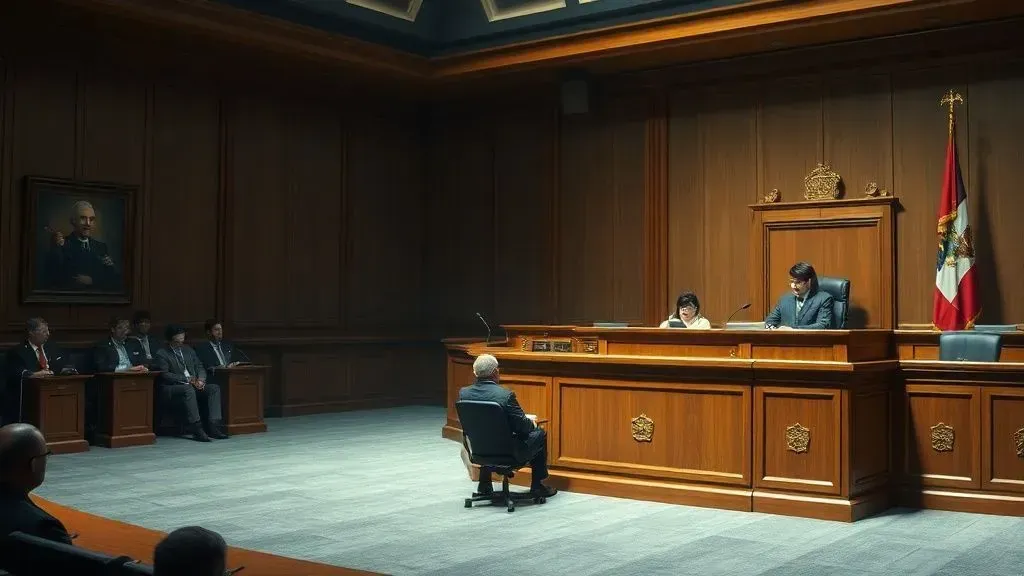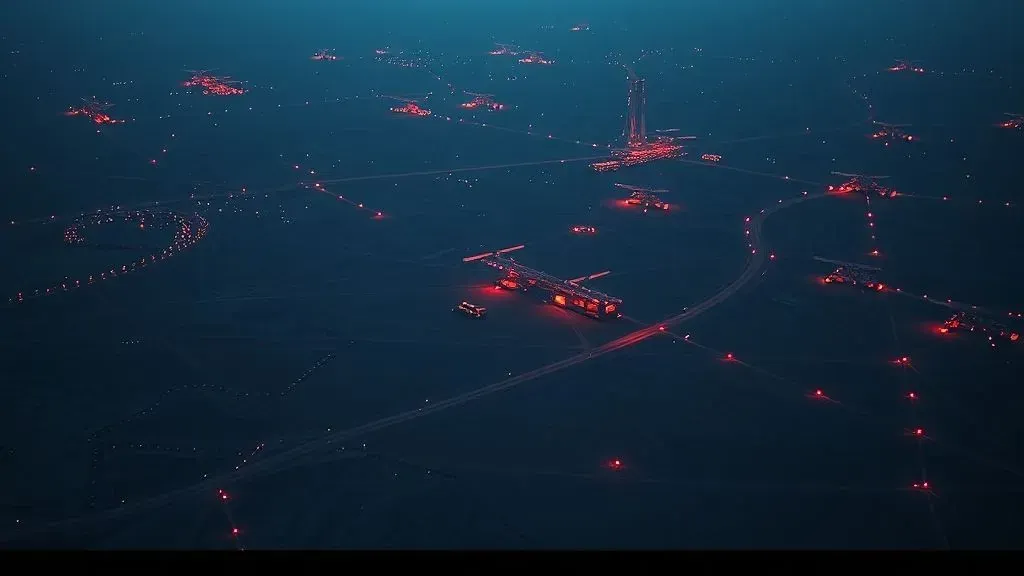
Satellite analysis reveals Israel maintains control over 58% of Gaza in the ceasefire's first phase. This follows a US-brokered deal after two years of conflict that claimed over 67,000 lives. The arrangement allows partial withdrawals while securing key areas.
The Yellow Line Demarcation
The yellow line acts as a temporary boundary for troop pullbacks. Forces retreated to this line within days of the October 2025 agreement.
It divides Gaza, leaving Israel in charge of major portions including border zones. No physical markers initially led to incidents near the line.
Defense officials later added visible signs to clarify the boundary. This reduces confusion for civilians attempting returns.
Israeli Military Sites Across Gaza
North Gaza hosts nine active military positions. These focus on areas like Beit Hanoun and Beit Lahia.
Gaza City has six sites, including upgraded bases in Shujayea. Improvements include paved areas for sustained operations.
Deir el-Balah features one site, emphasizing central control points. Khan Younis contains 11 positions, concentrated in eastern sectors.
Rafah holds 13 sites, covering most of the southern city. Overall, around 40 facilities support ongoing presence.
Phases of the Ceasefire Deal
The first phase involves retreat to the yellow line and hostage exchanges. Hamas released 20 living captives and remains of others.
Israel freed nearly 2,000 Palestinian prisoners in response. Aid flows increased to 400 trucks daily, though short of needs.
?###Future Withdrawal Stages###
Second phase introduces an international force for security. Troops would pull to a red line, reducing control to 40%.
Third phase limits to a 15% security buffer. Long-term goals include demilitarization and governance reforms.
Unresolved issues like full disarmament pose challenges. Hamas shows reservations on laying down arms.
Expert Insights and Analysis
According to CFR expert Steven Cook, the plan imposes tough conditions on both sides. He notes uncertainty on ending the war fully.
Elliott Abrams from CFR states the initial stage is simplest. Later issues remain as difficult as historical ones.
Israeli Prime Minister Benjamin Netanyahu remarked goals like disarmament could occur easily or forcefully. This reflects leverage in negotiations.
Social Media Perspectives
Public discussions highlight the map's implications for control. High-engagement posts analyze retained territories.
Further views emphasize aid and violations amid fragile truce.
Implications for Gaza's Future
Current positions enable monitoring while allowing humanitarian access. However, restrictions prevent returns to many areas.
Famine risks persist despite aid increases. International oversight is crucial for progression.
Control over crossings like Rafah ensures aid regulation. Disputes over crossings highlight enforcement needs.
The setup balances security with peace efforts. Yet, violations risk derailing advances.
This mapping provides clarity on military realities in Gaza. It informs stakeholders on paths to stability.
The positioning reflects enduring tensions in the region. It stresses the importance of verifiable compliance for true resolution.
